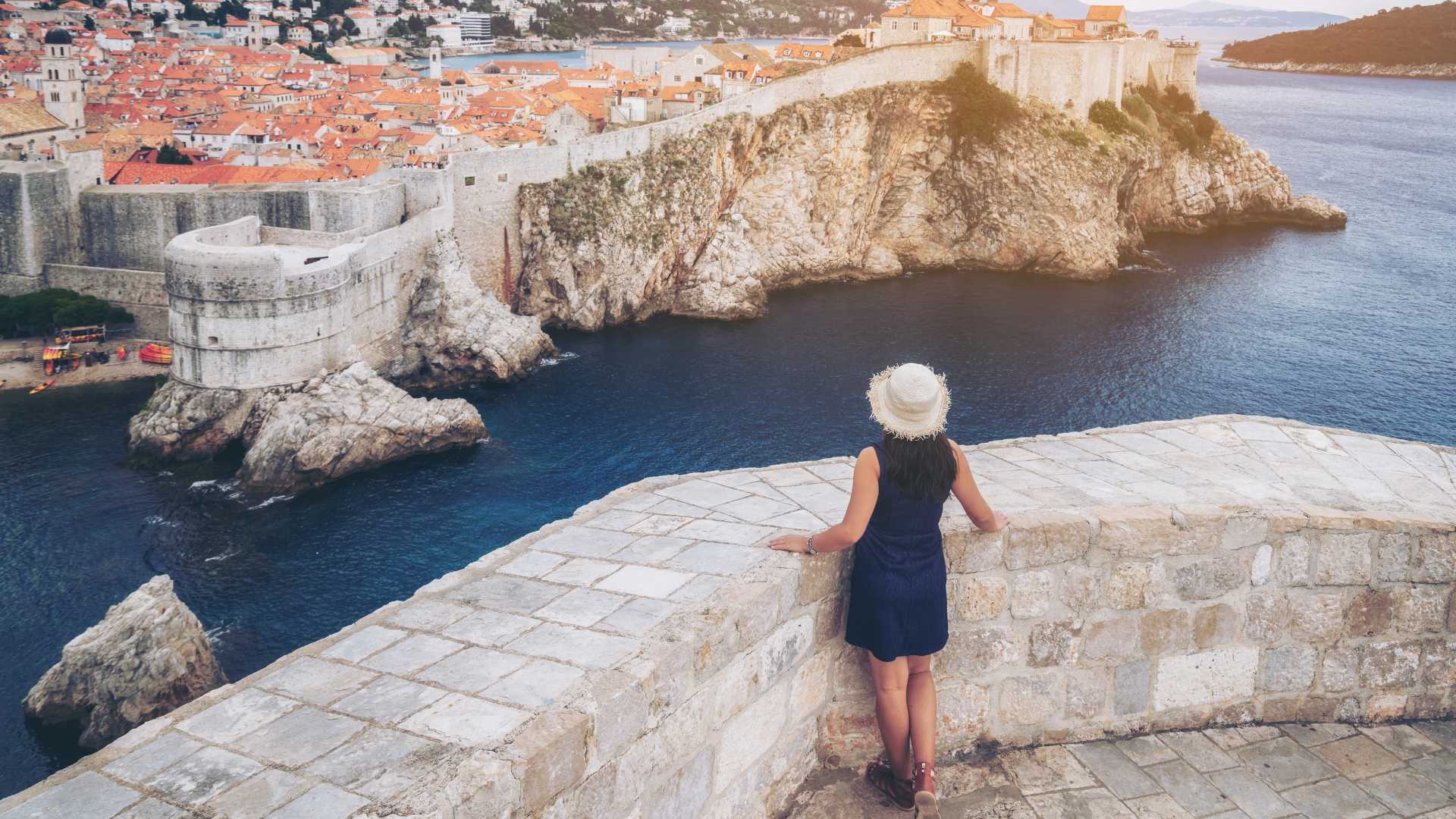Croatia, with its crystal-clear Adriatic Sea, ancient cities, and vibrant culture, has become a must-visit destination. But what does it take to make the most of your trip to this European gem? This article brings you the best Croatia travel tips to ensure a memorable journey.
Croatia, with its diverse geography, can offer varied experiences for travelers. For a fulfilling trip, it’s essential to grasp the distinctions between its regions and understand the ideal times to visit. This part of the article explores these points further under subheadings.
Croatia Travel Tips
Exploring Coastal Regions vs. Inland Destinations
Croatia’s geography is a splendid mix of Adriatic coastline and enriched, historical inland areas. The coastal region is characterized by its long, picturesque coastline adjoining the turquoise Adriatic Sea, numerous islands, stunning beaches, and historic towns. Places such as Dubrovnik, famous for its old city and fort, and Zadar, renowned for the Sea Organ interactive installation, are coastal highlights.
Conversely, the inland zone paints a striking picture of green hills, vineyards, and dynamic cities brimming with culture. Notably, Zagreb, the capital city, offers a spectrum of attractions such as the Museum of Broken Relationships and Zagreb Cathedral.
Deciding When to Visit: Weather and Tourist Seasons
Wisdom lies in aligning the visit timeline with Croatia’s weather and tourist seasons. Typically, Croatia experiences two primary climates: the Mediterranean along the coast and continental in the interior.
From May to September, the coastal region is generally sunny, warm with average temperature ranges from 25°C to 30°C – an ideal time for beach activities and exploring maritime towns. However, these months invite maximum tourists, leading to crowded hotspots.
In contrast, the inland experiences hotter summers and colder winters. Cities like Zagreb exhibit hot and dry summers (June to September) and cold and snowy winters (December to February). The fewer tourists during these periods offer a more laid-back travelling experience.
Considering these factors, visitors are advised to plan their travels on their preferred experiences. Whether it’s soaking in the beach sun, relishing coastal delicacies, exploring historical sites, or delving into the urban culture, Croatia opens its arms throughout the year.
Essential Croatia Travel Tips for First-time Visitors
Budgeting for Your Trip: Costs and Currency Exchange
Planning a trip involves multiple financial considerations, including costs and currency exchange. In Croatia, cost expectations can vary significantly depending on the region and time of year. Coastal areas, immersive in rich historic towns like Dubrovnik and interactive coastal installations like Zadar’s Sea Organ, tend to be more expensive during warm, sunlit summers. In contrast, inland regions, popular for their green hills, vineyards, and cultural hubs like Zagreb, offer relatively cheaper experiences but entail hot summers and cold winters.
The official Croatian currency, the Kuna (HRK), holds reign in most transactions, thus necessitating its exchange. Utilize banks or authorized exchange offices, commonly known as “Mjenjačnica” locally. Avoid black-market exchanges, as these offer unfavorable rates and potentially illegitimate currency. Placing higher denominations in stores might avoid difficulties, for smaller shops may struggle to provide change.
Additionally, credit cards find wide acceptance in larger towns and tourist areas. However, in off-the-beaten-path locations and smaller establishments, cash remains the preferred payment method.
Language Essentials: Common Phrases and Communication Tips
The official language spoken in Croatia is Croatian. Mastering a few local phrases sets a welcoming tone and can enhance the travel experience. Greetings such as “Dobar dan” (Good day) and “Hvala” (Thank you) form a good start. However, English is widely spoken, particularly among the younger population and in tourist-friendly areas, facilitating comfortable communication for first-time visitors.
To prevent misunderstanding, consider carrying a phrasebook or installing a language translation app. Remember, responsive communication isn’t just verbal. Reading street signs, menus, and local instructions forms an essential part of navigating foreign environments. With basic English proficiency prevalent among Croatians, language barriers are surmountable with patience and goodwill.
Judicious budgeting paired with practical language skills prime first-time visitors for rewarding Croatian adventures.
